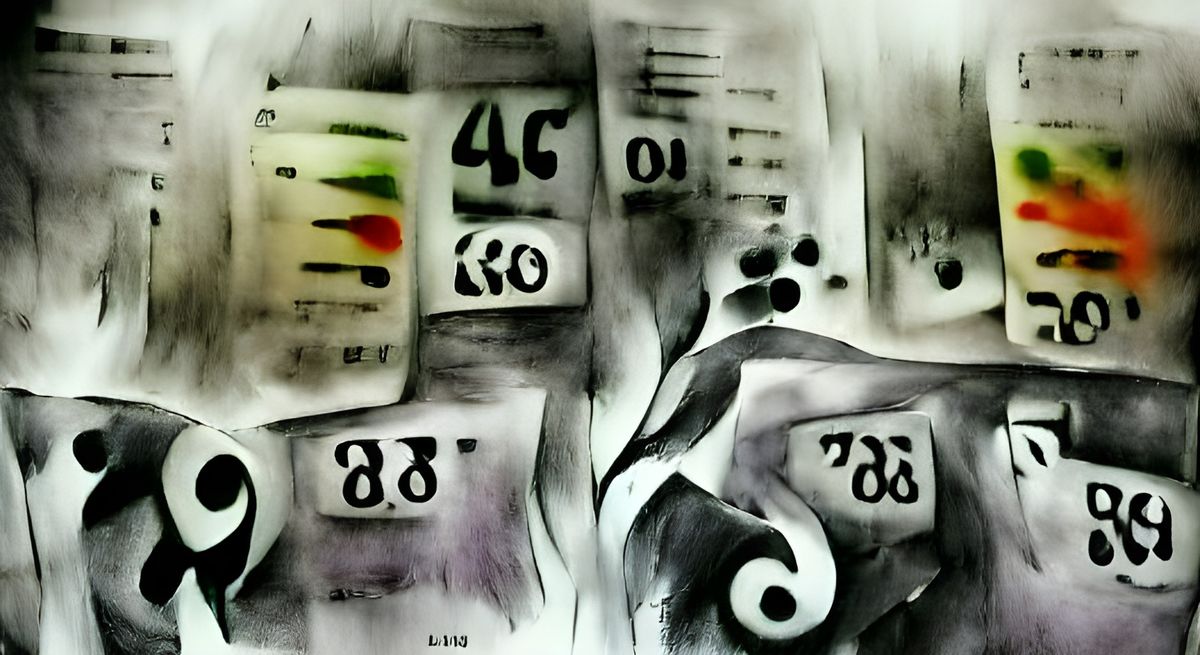Quantitative & Qualitative (#53)
Quantitative data influences predictability scores, and qualitative data impacts similarity scores.

Quantitative data should be objective, where it is not influenced by personal opinions or wishful thinking. At its core it is a numerical based measurement that can be used to produce causal relationships. The collected measurement is a proxy for the likelihood of an expected outcome.
Conversely, qualitative data is interpreted, non-numerical data. The data set tends to be more varied, less structured, and captures a perspective influenced by our experiences. This data is useful as a comparison to other data sets.
Quantitative data influences predictability scores, and qualitative data impacts similarity scores.
Quantitative data is more straightforward to collect, as it relies on numerical measurements, the collection is the result. Qualitative data requires a conversion, an interpretation, and requires a translation from the collected data to a normalized result.
Because of the additional effort required to create qualitative data sets, quantitative data is sometimes used as a substitute — an easier alternative than doing the work. We must be careful of unintended substitution. This type of replacement poses a problem because it not only switches the type of data collected it, it also substitutes the question we are trying to answer.
When we want to know the "why" we need to use a qualitative approach.
When we want to know the "what" or "how" we need to use a quantitative practice.
We often desire a deeper understanding, requiring both to understand how something works and why it does so. To answer "and then" questions, we need to use a combination of both quantitative and qualitative approaches. The right combination provides us measurable metrics to compare against targets and the freedom of creativity that interpretation enables.
The Paradox Pairs series is an exploration of the contradictory forces that surround us. A deeper study finds that these forces often complement each other if we can learn to tap into the strength of each. See the entire series by using the Paradox Pairs Index.




